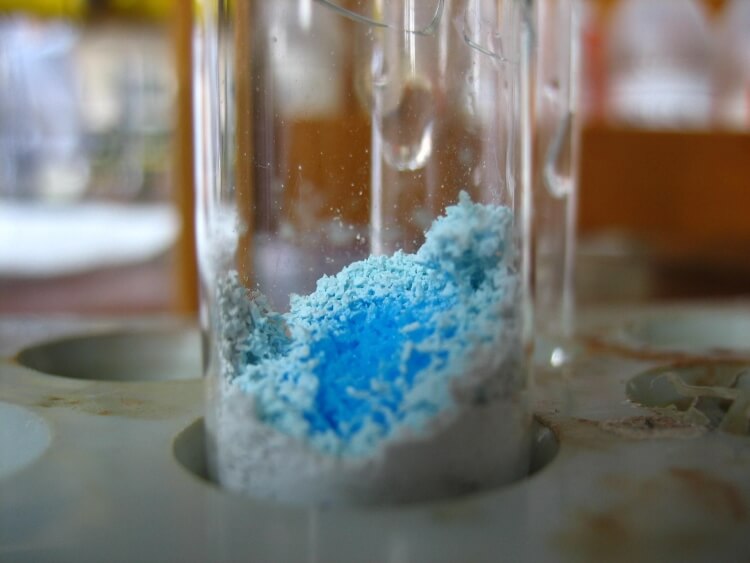3h
Rabbit βTGThromboglobulin, Beta) ELISA Kit
Rabbit βTGThromboglobulin, Beta) ELISA Kit
15ng/mL
Sandwich
0.11ng/mL
0.24-15ng/mL
Cytokine;Hematology;
Oryctolagus cuniculus
ELISA Enzyme-linked immunosorbent assays Code 90320007 SNOMED
E05 478 566 350 170 or Enzyme-Linked Immunosorbent Assays,E05 478 566 350 170 or Enzyme-Linked Immunosorbent Assays
CXCL7; PPBP; PBP; B-TG1; CTAP-III; CTAP3; CTAPIII; LA-PF4; LDGF; MDGF; NAP2; SCYB7; TC1; TC2; TGB1; THBGB1; Pro-Platelet Basic Protein; Chemokine C-X-C-Motif Ligand 7
Rabbits are used for polyclonal antibody production by ELK Biotech. Rabbit antibodies are very stable and can be stored for several days at room temperature. ELK Biotech adds sodium azide and glycerol to enhance the stability of the rabbit polyclonal antibodies. Anti-human, anti mouse antibodies to highly immunogenic selected peptide sequences are" monoclonal like" since the epitope to which they are directed is less than 35 amino acids long.
The test principle applied in this kit is Sandwich enzyme immunoassay. The microtiter plate provided in this kit has been pre-coated with an antibody specific to Beta-Thromboglobulin (βTG). Standards or samples are then added to the appropriate microtiter plate wells with a biotin-conjugated antibody specific to Beta-Thromboglobulin (βTG). Next, Avidin conjugated to Horseradish Peroxidase (HRP) is added to each microplate well and incubated. After TMB substrate solution is added, only those wells that contain Beta-Thromboglobulin (βTG), biotin-conjugated antibody and enzyme-conjugated Avidin will exhibit a change in color. The enzyme-substrate reaction is terminated by the addition of sulphuric acid solution and the color change is measured spectrophotometrically at a wavelength of 450nm ± 10nm. The concentration of Beta-Thromboglobulin (βTG) in the samples is then determined by comparing the O.D. of the samples to the standard curve.
